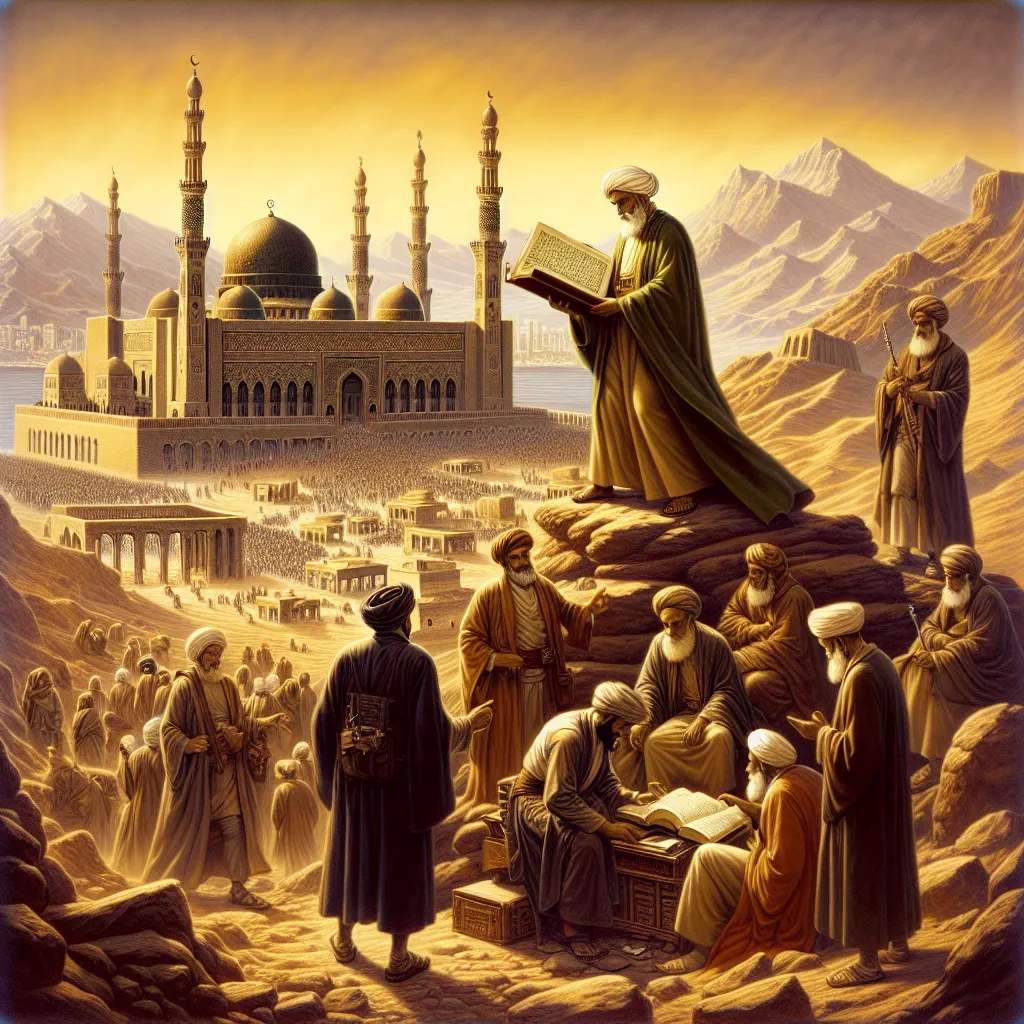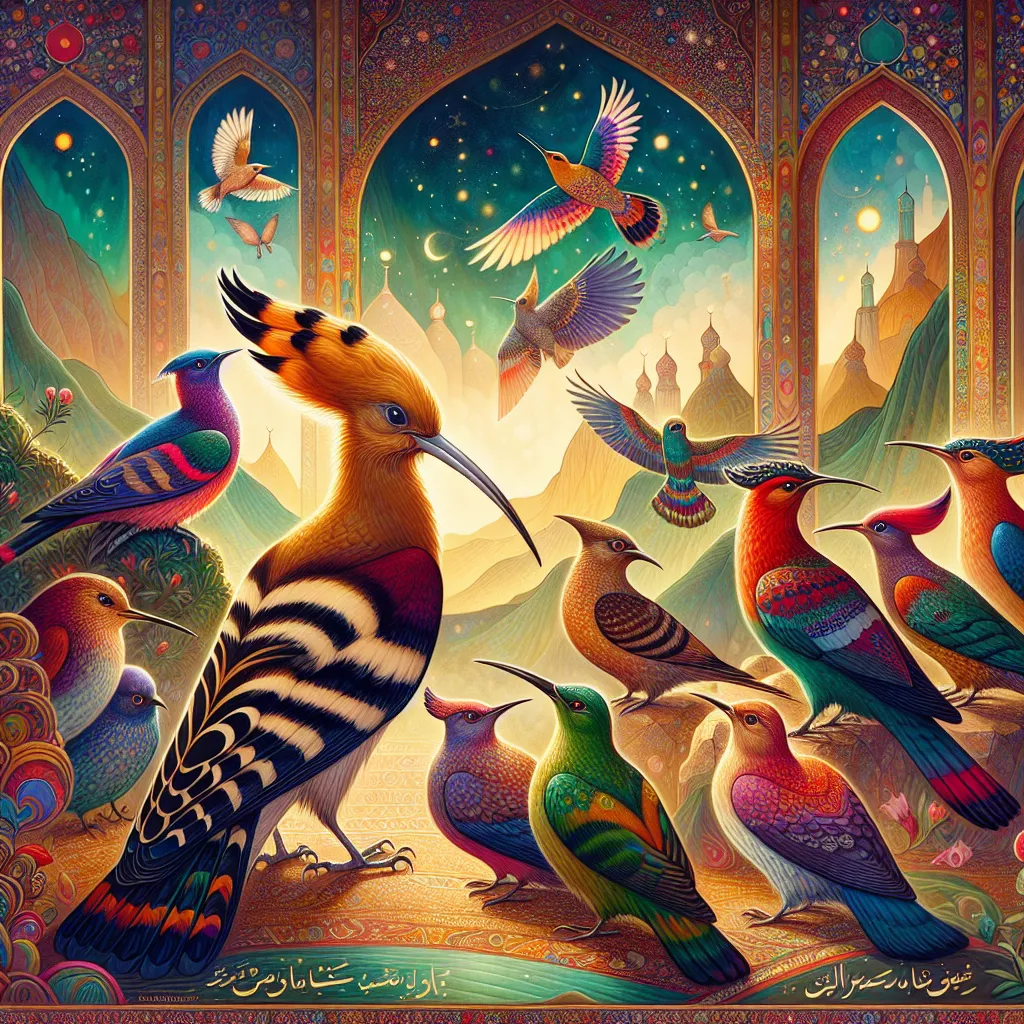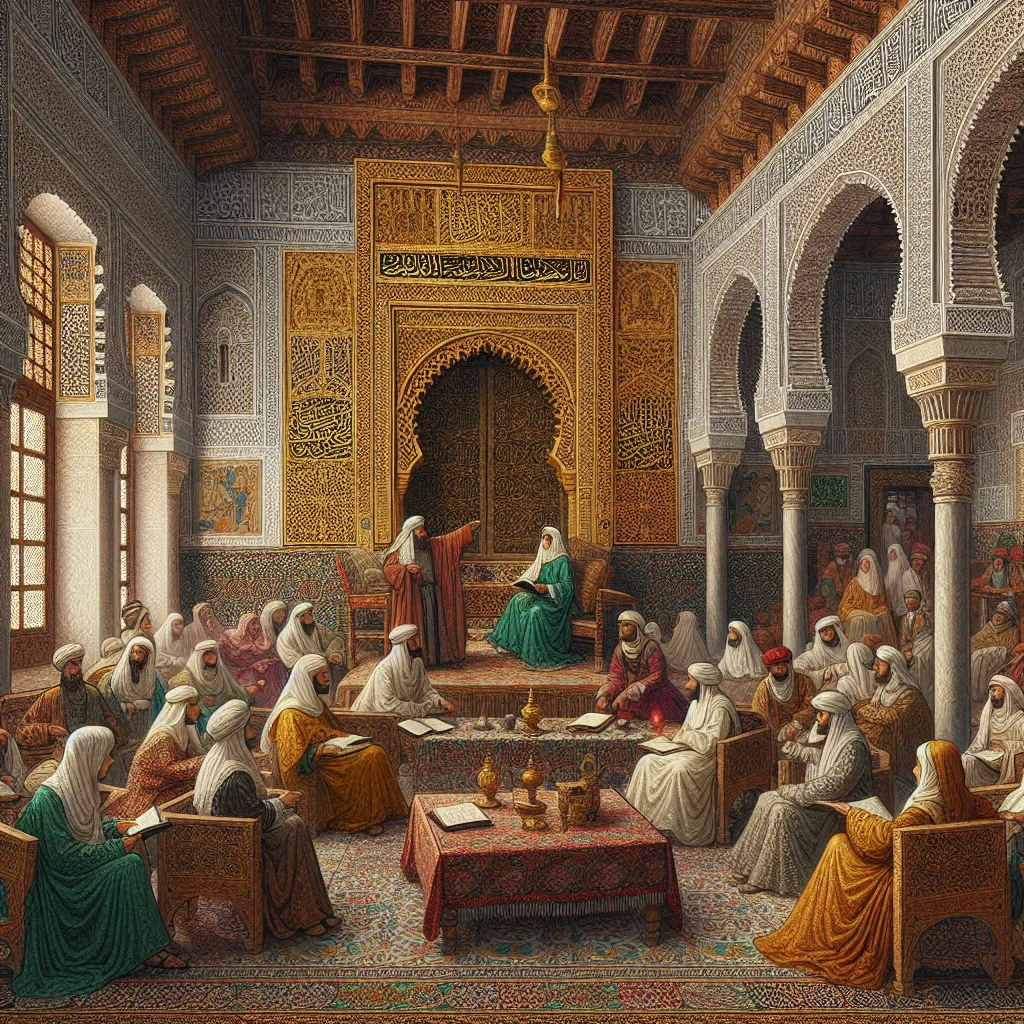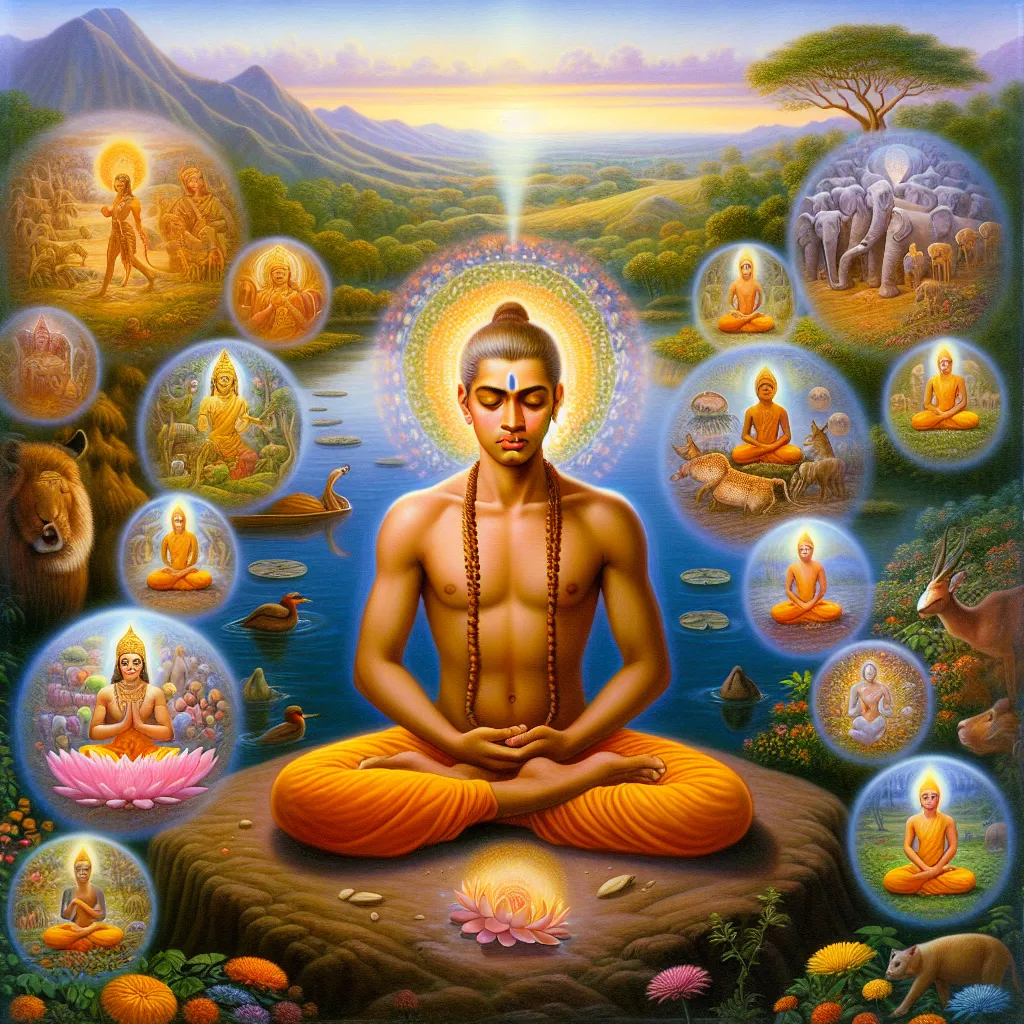When we delve into the realm of sacred texts, we often find ourselves at the crossroads of faith, culture, and literature. These texts, revered by millions, have not only shaped the spiritual landscapes of their respective traditions but have also left an indelible mark on world literature. Let’s embark on a journey to explore how five of these sacred texts have influenced the literary world in ways both overt and subtle.
The Bible, for instance, stands as a cornerstone of Western literature. Its narratives, poetry, and moral teachings have been a wellspring of inspiration for writers across centuries. From the epic grandeur of Milton’s “Paradise Lost” to the nuanced explorations of human nature in contemporary fiction, the Bible’s influence is omnipresent. It’s fascinating to note how biblical themes and characters have been reinterpreted and reimagined in various literary works. For example, John Steinbeck’s “The Grapes of Wrath” draws heavily from the biblical story of the Exodus, while William Faulkner’s complex moral landscapes are often seen through the lens of biblical ethics.
The Bible’s impact on literature extends beyond direct references; it has also shaped the very fabric of Western narrative. The structure of biblical stories, with their clear arcs of creation, fall, and redemption, has influenced the way many Western authors construct their plots. This is evident in works like Dante’s “Divine Comedy,” where the journey through Hell, Purgatory, and Paradise mirrors the biblical narrative of sin, repentance, and salvation.
Moving eastward, the Quran has had a profound impact on Arabic literature and poetry. Its lyrical style and the rhythmic cadence of its verses have inspired generations of Islamic writers and poets. The Quran’s influence is not limited to its content but also to its form; its use of metaphor, parable, and direct address from God has set a high standard for literary expression in Arabic. Islamic literature, from the works of Al-Ghazali to the poetic masterpieces of Rumi, reflects this influence. The Quran’s ability to balance clarity with layers of metaphor has made it a model for writers seeking to convey complex ideas through beautiful language.
In the realm of Indian literature, the Bhagavad Gita has played a pivotal role. This ancient text, part of the Mahabharata epic, explores themes of duty, spirituality, and the nature of reality. Its teachings on dharma (duty) and the paths to spiritual enlightenment have resonated far beyond Hinduism. The Gita’s influence can be seen in works like Rabindranath Tagore’s poetry, which often grapples with the same existential questions posed by the text. Even in modern Indian literature, authors like Arundhati Roy draw upon the Gita’s themes to explore the human condition in the face of moral and spiritual dilemmas.
The Tao Te Ching, attributed to the Chinese sage Lao Tzu, has shaped Chinese poetry and philosophy in profound ways. Its verses, often cryptic and open to multiple interpretations, have inspired countless literary works and philosophical treatises. The Tao Te Ching’s emphasis on the balance of opposites and the natural order of the universe has influenced writers to explore themes of harmony and the human place within nature. Chinese literature, from the classical poetry of Du Fu to the modern works of authors like Mo Yan, reflects this Taoist perspective. The text’s enigmatic nature has also made it a favorite among scholars and writers who seek to uncover new layers of meaning with each reading.
Lastly, the Torah, the foundational text of Judaism, has been central to Jewish literature and storytelling for millennia. Its narratives and laws have provided a rich tapestry of themes and characters that continue to inspire writers today. From the biblical stories of creation and the patriarchs to the legal and ethical teachings of the Talmud, Jewish literature is deeply rooted in the Torah. Authors like Isaac Bashevis Singer and Elie Wiesel have drawn upon these stories to explore the Jewish experience and the human condition. The Torah’s influence extends beyond Jewish literature as well; its stories and themes have been a common currency in Western literature, influencing works from Shakespeare’s plays to modern novels.
One of the lesser-known aspects of these sacred texts is how they have evolved over time. Unlike the static, sacrosanct view we often have of scriptures, these texts have been subject to interpretation, adaptation, and transformation. For instance, the Bible’s text has been influenced by various cultural and historical contexts, from the Middle Eastern influences visible in its earliest books to the later interpretations and translations that shaped its modern form. Similarly, the Quran’s text was standardized during the Islamic Golden Age, but its interpretation has continued to evolve, reflecting the diverse cultural and intellectual traditions of the Islamic world.
The dynamic nature of these texts is also reflected in how they have been used in different literary genres. The Bhagavad Gita, for example, has been the subject of numerous commentaries and interpretations, each offering a unique perspective on its teachings. In literature, this has translated into a wide range of works, from philosophical treatises to fiction and poetry, all drawing upon the Gita’s rich thematic landscape.
In conclusion, the influence of these five sacred texts on world literature is a testament to their enduring power and relevance. They have provided themes, characters, and moral frameworks that continue to resonate with readers and writers across the globe. As we read and interpret these texts, we are not just engaging with religious or philosophical ideas; we are also tapping into a deep well of literary and cultural heritage that continues to shape our understanding of the world and our place within it.
This interplay between sacred texts and literature is a reminder that the boundaries between faith, culture, and art are often blurred. These texts have inspired some of the greatest works of literature, and their influence will undoubtedly continue to be felt in the writings of future generations. As we explore these texts, we find ourselves in a rich and complex world where faith, philosophy, and literature intersect, offering us profound insights into the human experience.






